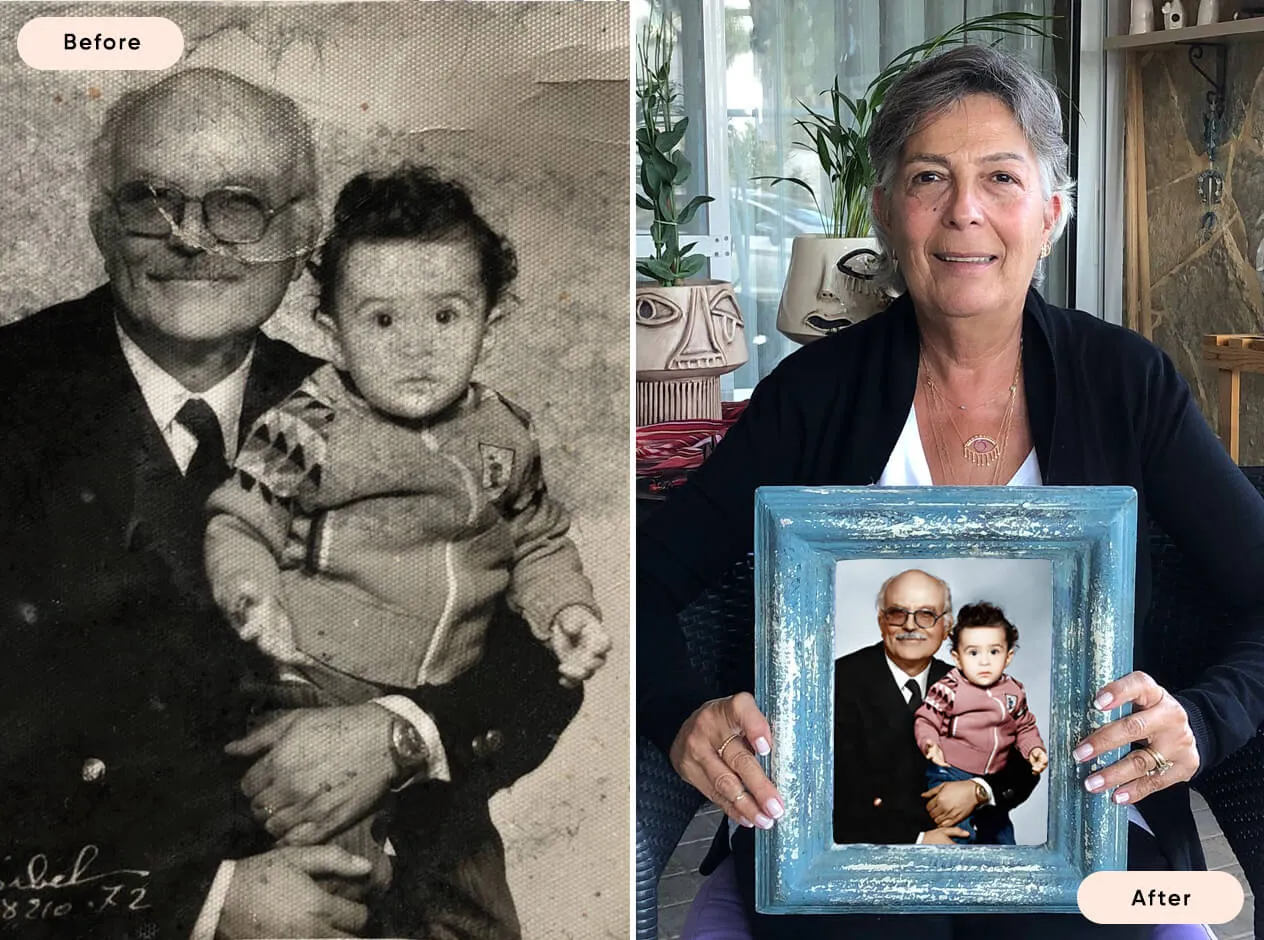Composite Photography | How and Why to Use It
Composite photography is a fascinating technique that allows photographers to combine multiple images into a single cohesive composition. This artistic practice not only enhances creative possibilities but also enables storytelling by blending various elements together. In this article, we delve into the essentials of composite photography, exploring its applications, techniques, and the creative magic it can evoke.
Shooting Day for a Composite Photograph
The shooting day for a composite photograph is crucial to the overall success of the project. Planning is key; it starts with selecting a suitable location and time for your photoshoot. Good lighting is essential, as it ensures consistency across the different images that will be combined later. When shooting various elements for a composite, consider the background, lighting conditions, and the narrative you want to convey. The more you prepare beforehand, the smoother your editing process will be, allowing for a more seamless final product.

Plan Outfits and Equipment Carefully
Careful planning of outfits and equipment is crucial when creating a composite photograph. The outfits worn by the subjects should not only align with each other aesthetically but also fit within the theme of the composite. Selecting the right lenses and camera settings is equally important, as they affect the depth of field and focus. Additionally, use a tripod to maintain consistent framing across all shots. This attention to detail helps ensure that all elements of the composite blend naturally, resulting in a more professional and polished final image.
How I Composite in Photoshop: Layer Mask Is Your Best Friend
When it comes to the editing stage of composite photography, Photoshop is perhaps the most widely used tool. A key technique in this process is the use of layer masks. Layer masks allow photographers to seamlessly blend different images together without permanently altering the original files. By using brushes to selectively hide or reveal parts of different layers, you can achieve a clean and professional look. This non-destructive editing method is crucial for maintaining flexibility as you experiment with your composition. Throughout the editing process, continually refine your work by adjusting opacity, color grading, and sharpness to create a harmonious balance in your composite photograph.

Selecting an Area From a Photograph to Act as the Main Frame in a Composite
Choosing a primary photograph to serve as the foundation of your composite work is essential. This area should provide context and establish the mood of the piece. When selecting this main frame, think about how other images will integrate into it—whether they will enhance the scene or detract from it. It's also important to consider the perspective and scale to ensure that every element feels naturally placed within the composition. The main image should ideally provide a visual anchor that ties all other components together, fostering a sense of unity within the artwork.
Compositing to Create Location by Adding and Subtracting Elements
One of the most exhilarating aspects of composite photography is the ability to create entirely new locations by adding and subtracting elements. This flexibility empowers photographers to reimagine spaces and push the boundaries of reality. Whether you’re adding a stunning sunset to a daytime shot or removing distractions from a scene for clarity, your imagination is the only limit. By carefully blending these modifications, it's possible to tell a compelling story or evoke a certain emotion within your audience.
In conclusion, composite photography is an exciting realm full of potential for creative expression. By mastering the techniques discussed, photographers can take their imagery to astonishing new heights, giving them the tools needed to craft mesmerizing visual narratives. As you embark on your journey into this art form, remember that preparation, attention to detail, and practice will be key to your success.

Or Get YourMoney Back
back your money in the rare case you are not satisfied with the quality of your
damage-free pictures. Only $38 for most image restorations regardless of damage

All rights reserved.